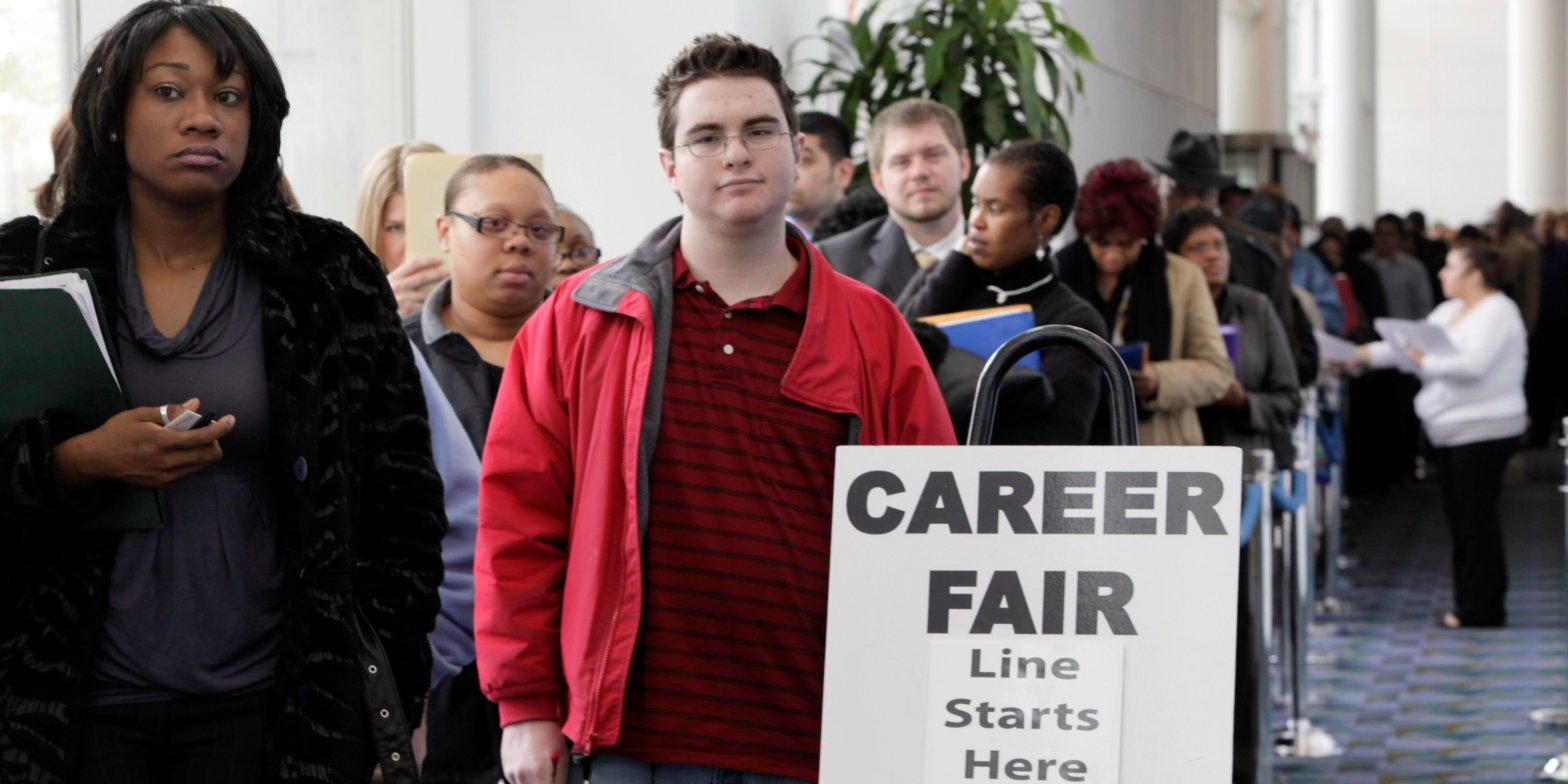A $2 trillion corporate debt wall is about to shake the economy with job losses, according to Goldman Sachs.The bank estimated that the economy could shed 5,000 jobs per month in 2024 due to rising debt interest costs. “Companies will need to devote a greater share of their revenue to cover higher interest expense as they refinance their debt at higher rates,” Goldman said. Loading Something is loading.
Thanks for signing up!
Access your favorite topics in a personalized feed while you’re on the go.
A looming corporate debt wall of more than $2 trillion is set to shake the economy over the next two years, according to Goldman Sachs.
The bank said in a Sunday note that higher interest expenses tied to the refinancing of corporate debt will lead to a reduction in capital expenditures and a shedding of about 5,000 jobs per month in 2024. That could double to a loss of 10,000 jobs per month in 2025, assuming interest rates remain elevated at their current level.
“If interest rates remain high, companies will need to devote a greater share of their revenue to cover higher interest expense as they refinance their debt at higher rates,” Goldman Sachs’ Jan Hatzius said. “We find that for each additional dollar of interest expense, firms lower their capital expenditures by 10 cents and labor costs by 20 cents.”
US companies benefited immensely from the period of low interest rates before 2022. According to Bank of America, the debt composition of S&P 500 companies includes a whopping 76% in long-term fixed debt, much of which was secured at low single-digit rates.
But as interest rates stay elevated, and potentially go higher as the Federal Reserve continues to combat inflation, refinancing risks will grow more pronounced, especially over the next two years.
Goldman Sachs estimates that corporate debt maturities will be $230 billion for the rest of 2023, $790 billion in 2024, and $1.07 trillion in 2025, representing a combined 16% of all corporate debt. There’s another $4+ trillion in corporate debt set to mature from 2026 through 2030, according to Goldman.
The companies that will be hit hardest by refinancing debt at higher interest rates are unprofitable companies, as they have a tendency to lean more heavily on firings to balance costs.
“Our estimates suggest about half of the reduction in labor costs comes from reduced hiring and half from lower wage growth, implying a 5k drag on monthly payrolls growth in 2024 and a 10k drag in 2025,” Hatzius said.
The debt refinancing wall helps illustrate why it could take years for the Fed’s aggressive interest rate hikes to make its way through the economy and impact businesses. And that could help explain why an economic recession has not yet materialized.
“The limited refinancing needs since the start of the Fed’s tightening cycle suggest that the impact of higher interest rates on growth is more delayed than the average historical impact that our Financial Conditions Index impulse model project,” Hatzius said.
Goldman Sachs
